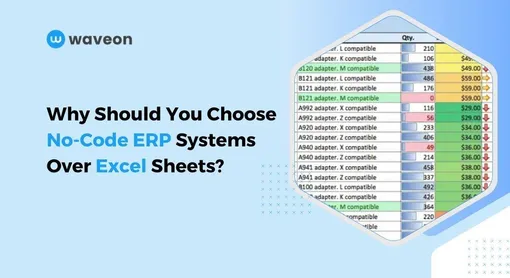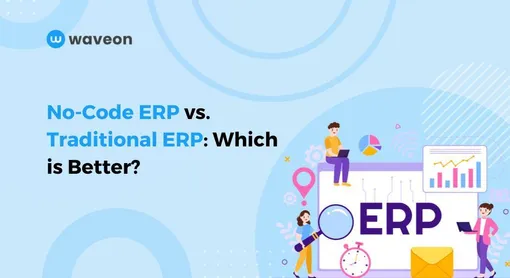Insight
What is MRR (Monthly Recurring Revenue) and How to calculate it?
Waveon Team
2/9/2023
0 min read
TABLE OF CONTENTS

MRR, or Monthly Recurring Revenue, is a crucial metric in subscription-based businesses. It indicates the total monthly recurring income generated from all sources and assumes a similar income will be received in subsequent months.
However, if a large contract results in a significant increase in income, it may be necessary to evaluate whether or not it should be included in the MRR calculation.
In this article, we'll cover the calculation of MRR, its significance, and what it represents.
The meaning of MRR
Typically, subscription-based businesses, such as SaaS, charge users a monthly or annual fee once they have registered their card. In such businesses, MRR is a critical metric to understand the business's performance as it shows the recurring revenue generated from users each month.
It also provides information about the business's revenue growth and the effectiveness of its revenue retention strategies. MRR is an important metric for assessing the health of a SaaS business since it offers visibility into future cash flow projections and assists with forecasting efforts.
Additionally, when combined with other metrics like churn rate or Average Revenue Per User (ARPU), MRR provides valuable insights into customer behavior patterns and helps identify areas that require attention or improvement in order to drive sustainable growth.
Importance of Tracking MRR:
Tracking Monthly Recurring Revenue (MRR) is important for several reasons:
Revenue Visibility: MRR provides a clear and predictable view of a SaaS company's revenue stream. By tracking MRR, businesses can have better visibility into their financial health and accurately forecast future revenue.
Growth Measurement: MRR serves as a key metric to measure the growth or decline of a SaaS business over time. By comparing MRR from different periods, companies can assess whether they are acquiring new customers, retaining existing ones, and increasing average revenue per customer.
Churn Analysis: Churn refers to the rate at which customers cancel their subscriptions or stop using the service. Tracking MRR allows businesses to identify churn trends, measure customer retention efforts, and take proactive steps to reduce churn rates.
Business Performance Evaluation: Monitoring changes in MRR helps evaluate the effectiveness of pricing strategies, marketing campaigns, sales efforts, and product updates on revenue generation. It provides insights into what initiatives are driving growth or hindering progress.
Investor Confidence: Investors often consider MRR as an essential metric when evaluating the financial performance and potential value of a SaaS company during funding rounds or acquisitions. A healthy and growing MRR indicates stability and attractiveness to investors.
How to calculate MRR
MRR can be calculated as follows:
- MRR = Total monthly income - Revenue loss from customers who have left.
If the number of customers who have left is low and the total monthly income is maintained or increased, then according to the formula, MRR will gradually increase, which means business growth.
MRR can be measured on a monthly basis, and if it is measured on an annual basis, it is called ARR (Annual Recurring Revenue), which can be easily calculated by multiplying MRR by 12.
Let's consider an example to illustrate the calculation of MRR and ARR.
Let's say a SaaS company offers a subscription-based software service for 100 per month. In a particular month, they have 50 active customers, generating a total monthly income of 5,000 ($100 * 50).
However, during that same month, they lost two customers who cancelled their subscriptions or downgraded their plans. This results in a revenue loss of 200 (100 * 2).
To calculate MRR:
MRR = Total monthly income - Revenue loss from customers who have left
MRR = 5,000 - 200
MRR = $4,800
Therefore, the Monthly Recurring Revenue (MRR) for this specific month is $4,800.
Now let's calculate the Annual Recurring Revenue (ARR) based on this MRR:
ARR = MRR * 12
ARR = 4,800 * 12
ARR = 57,600
So in this case, the SaaS company has an MRR of 4,800 and an ARR of 57,600. These metrics provide insights into their recurring revenue growth on both monthly and annual bases.
Types of MRR
There are several types of Monthly Recurring Revenue (MRR) that can be measured and analyzed in the context of a SaaS business. These include:
New MRR: This refers to the monthly recurring revenue generated from newly acquired customers or new subscriptions within a specific period.
Expansion MRR: Expansion MRR represents additional revenue generated from existing customers who upgrade their subscription plans, add more users, or purchase additional features or services.
Contraction MRR: Contraction MRR is the opposite of expansion MRR and refers to any reduction in monthly recurring revenue due to downgrades by existing customers, removal of users, or cancellation of certain features/services.
Churned MRR: Churned MRR represents the loss in monthly recurring revenue due to customer cancellations or non-renewals during a given period.
Net New MRR: Net New MRR is calculated by subtracting churned and contraction amounts from new and expansion amounts within a particular time frame. It provides an overall view of the net growth in recurring revenue after factoring in both acquisition and retention efforts.
Gross MRR: Gross Monthly Recurring Revenue encompasses all sources of monthly income before accounting for any changes due to expansion, contraction, churns, upgrades, or downgrades.
Association with Key Business Metrics (Retention, Churn Rate)
If a user who registered their card and made a payment this month continues to make payments without cancelling their subscription next month, it can be concluded that the user perceives value and continues to use it.
This percentage is referred to as the Retention. Conversely, if they cancel the subscription and leave next month, it's called the Churn Rate.
The MRR value increases as the retention rate increases and the churn rate decreases. Both of these metrics are important factors in determining the health of a business, so regularly monitoring MRR can also help predict the trends of related metrics.
On average, the SaaS benchmark churn rate is around 5%. Depending on various situations, if the MRR stalls or shows a declining trend, it's likely to indicate a negative performance and ultimately increase business risk.
Revenue Forecast and Financial Planning Design
Designing the expected sales and financial plan is very important when operating a business. By measuring MRR, you can accurately predict the future cash inflow of the business.
Due to the structure of the subscription business, where expenses are automatically updated through the system, there are rarely any sudden changes in MRR trends unless there are any special changes.
Predicting cash inflow through MRR can be very helpful in making various business decisions such as adjusting the growth rate of the business, reducing expenses to increase profits, or reaching a milestone and attracting investment at a certain point.
Checking Business Growth Stage and Benchmarking
Examining the Monthly Recurring Revenue (MRR) can be useful in evaluating the current status of a business and improving its performance. Different metrics and tactics to increase revenue may be required depending on the size of the business.
Comparing a small-scale business to a medium-scale business using a single metric would not provide meaningful results. However, by analyzing MRR, the stage of the business can be determined and appropriate strategies can be developed to address each stage.
The considerations for a business can vary depending on the circumstances, but there are generally accepted best practices to follow based on the MRR scale. For instance, companies in the $0 MRR to $1M MRR range are considered early-stage and at this point, it is advisable to prioritize finding a product-market fit rather than increasing corporate value.
If it's a B2B company, building a sales organization is recommended, and for a B2C company, establishing a strong marketing presence is recommended to more seriously grow in the $1M to $10M range.
Conclusion
In this article, we explored how to calculate MRR and what it means, and why it's important. While there are several numbers that describe the status of a business, MRR is a very important indicator that allows you to understand the size of the company and its growth by looking at the MRR trend.
If you operate a subscription-based business, it's highly recommended to check this indicator.



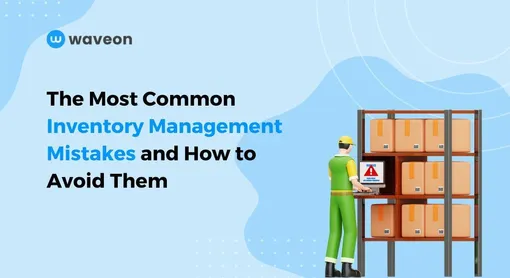
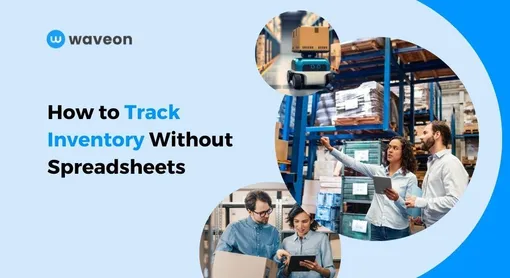
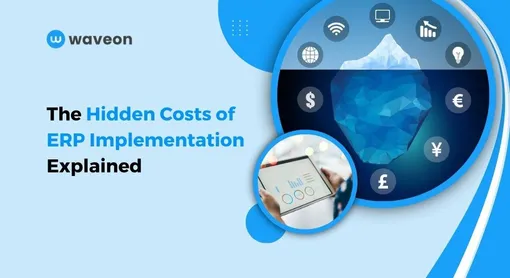
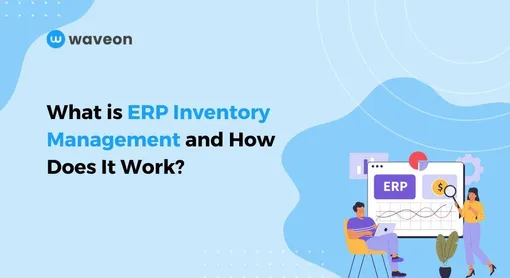
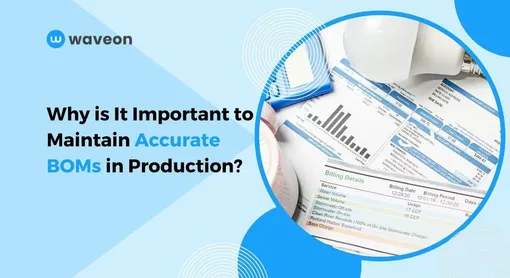
![Choosing the Right Bill of Materials (BOM) Management Software [5 Tools]](/_ipx/w_510,f_webp/static/img/blog/_posting/1741829511049.jpeg)
